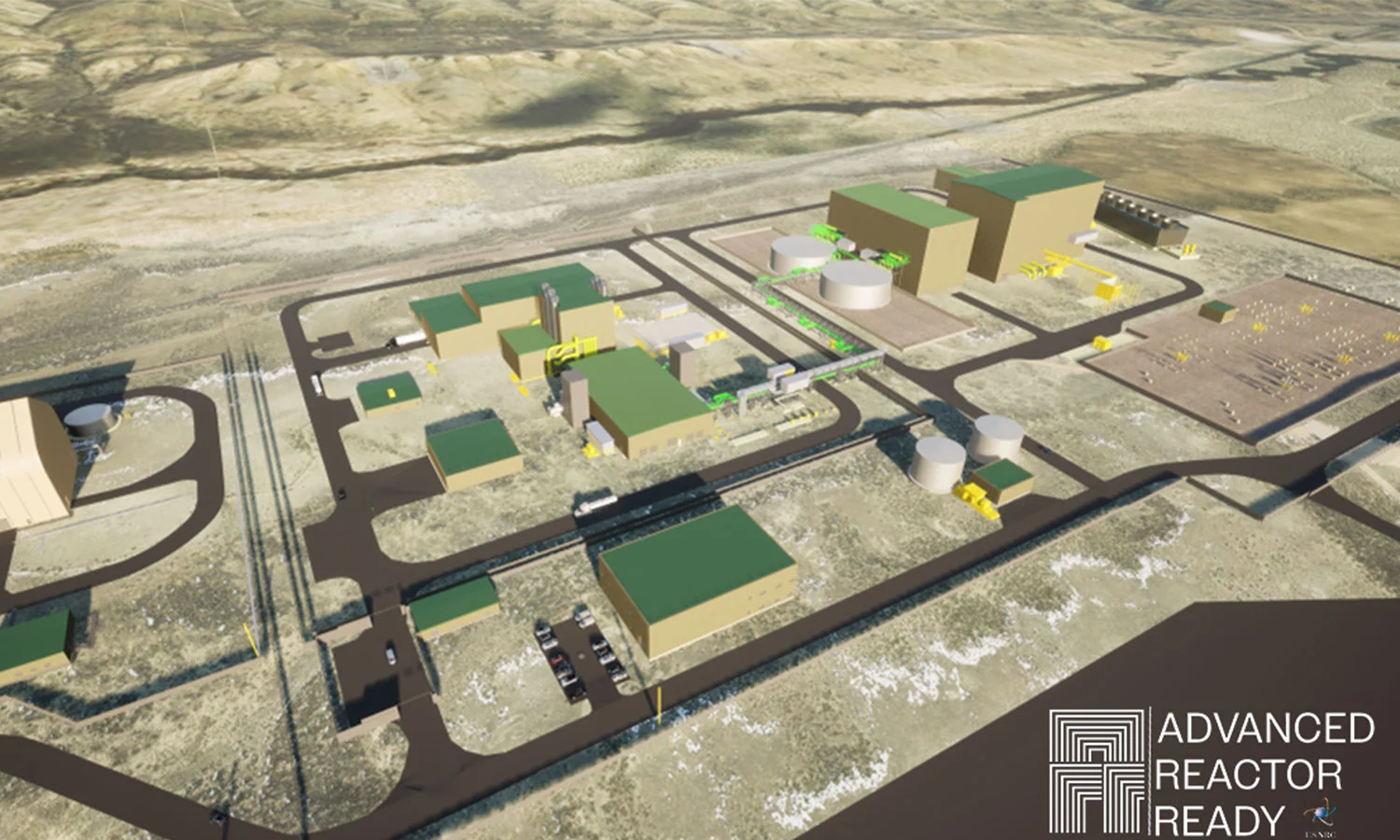A realistic understanding of their costs and risks is critical.
What are SMRs?
-
SMRs are not more economical than large reactors.
-
SMRs are not generally safer or more secure than large light-water reactors.
-
SMRs will not reduce the problem of what to do with radioactive waste.
-
SMRs cannot be counted on to provide reliable and resilient off-the-grid power for facilities, such as data centers, bitcoin mining, hydrogen or petrochemical production.
-
SMRs do not use fuel more efficiently than large reactors.
[Edit: If people have links that contradict any the above, could you please share in the comment section?]
My personal stance is that sustainability cannot be achieved within capitalism due to its model of eternal growth. We can have one or the other, but not both.
So creating more energy could not be the solution. Creating less demand would be, and the demand comes from industries.
More often than not, I it seems to me this discussion about clean energy is a deflection of the real problem which is industrialisation under capitalism. We don’t question anymore what this energy is needed for.
Good news then, Microsoft is building a new multibillion dollar AI facility which will ratchet up power demands alongside the increase in power demands for crypto. Oh wait, I said good news. Uhh…
We have excellent incentive to start a Dyson sphere?
No sun to warm us, No global warming.
But in all seriousness some of the breakthroughs in fusion reactors have me excited long term. It’s nowhere near ready yet, but we’ve hit net energy gain, just can’t sustain it well.
I think the EU Commission has done a fairly good job of listing the pros and contras of small modular reactors:
They have some advantages over conventional (large) reactors in the following areas:
- if they are serially manufactured without design chances, manufacturing is more efficient than big unique projects
- you can choose a site with less cooling water
- you can choose a site where a fossil-burning plant used to be (grid elements for a power plant are present) but a renewable power plant may not be feasible
- some of them can be safer, due to a higher ratio of coolant per fuel, and a lower need for active cooling*
Explanation: even a shut down NPP needs cooling, but bigger ones need non-trivial amounts of energy, for example the 5700 MW plant in Zaporizhya in the middle of a war zone needs about 50 MW of power just to safely stay offline, which is why people have been fairly concerned about it. For comparison, a 300 MW micro-reactor brought to its lowest possible power level might be safe without external energy, or a minimal amount of external energy (which could be supplied by an off-the-shelf diesel generator available to every rescue department).
The overview of the Commission mentions:
SMRs have passive (inherent) safety systems, with a simpler design, a reactor core with lower core power and larger fractions of coolant. These altogether increase significantly the time allowed for operators to react in case of incidents or accidents.
I don’t think they will offer economical advantages over renewable power. Some amont of SMRs might however be called for to have a long-term steerable component in the power grid.
Put as much money into the research of SMRs as you would like to waste. Meanwhile we just build a cheaper, better and more reliable system based on renewables.
This will happen with or without the nukebro hypetrain.
None of these points are relevant. Nobody is selling SMRs as better than large-scale plants (at least I hope they’re not). The point of SMRs is that they are much easier to bring in and put down. A huge portion of the world still runs on fossil fuels, often with frequent brownouts or scheduled blackouts. Being able to bring in a RELIABLE non-fossil fuel power plant at a smaller scale would be huge. Distributed solar has some pretty awesome potential for individual households if you don’t care about on- demand power, but you do eventually need something for your denser cities etc.
All these are kinda no brainers, lol. I think we are still going to need nuclear as a baseload power supply where hydro doesn’t work because it’s too dry or flat. We gotta get off “clean coal” and “natural gas” as baseload power. I like sodium reactors and advanced, non-light water designs. Light water has become a political hot potato even though it is far safer than coal plants in terms of number of people hurt or killed by emissions.
As the coal and gas industry has done, advanced designs will need new names like “natural rock” to distance themselves from negative connotations.
The economic advantage of SMRs is that when you make reactors in a location, the 1st is always more expensive than any following reactors. Just a reality of construction, permits, designs, etc. So if you have 4 reactors in one place, that’s pretty nice. They also have the advantage of being able to turn one off for maintenance and then having 2, 3, 4 other reactors in the same vicinity that can pick up the slack for the duration.
As for waste, yeah it’s the same problem. But it’s important to note that the volume of material is not that big. The entire volume produced by all us nuke energy ever takes up a football field stacked 10 yards high. All told, that’s a smaller problem than I ever thought.
I’m not a big nuclear advocate, I’m pretty mid on it. This is where I got all of the above information, an interview with the head of the US DOE loan program https://www.volts.wtf/p/nuclear-perhaps?utm_campaign=post&utm_medium=web
The nice thing about nuclear waste is that it kind of just sorts itself out too. I half suspect not knowing what to do with it and kicking the can down the road is sort of the whole point. Nominally it’s pretty easy to deal with nuclear waste, you seal it up somewhere and leave it to not be radioactive any more. The problem is it takes a long time, and we don’t really know how to communicate to anyone 1000 years in the future “there’s nuclear waste here, stay the fuck away”. Making sure it’s an active topic for discussion kind of keeps it at the forefront and means it’s not forgotten about.
I also learned in that interview that after a relatively short period, the aggressive decay is over and you’re left with a barrel of waste that isn’t actually shooting off radiation very often.



